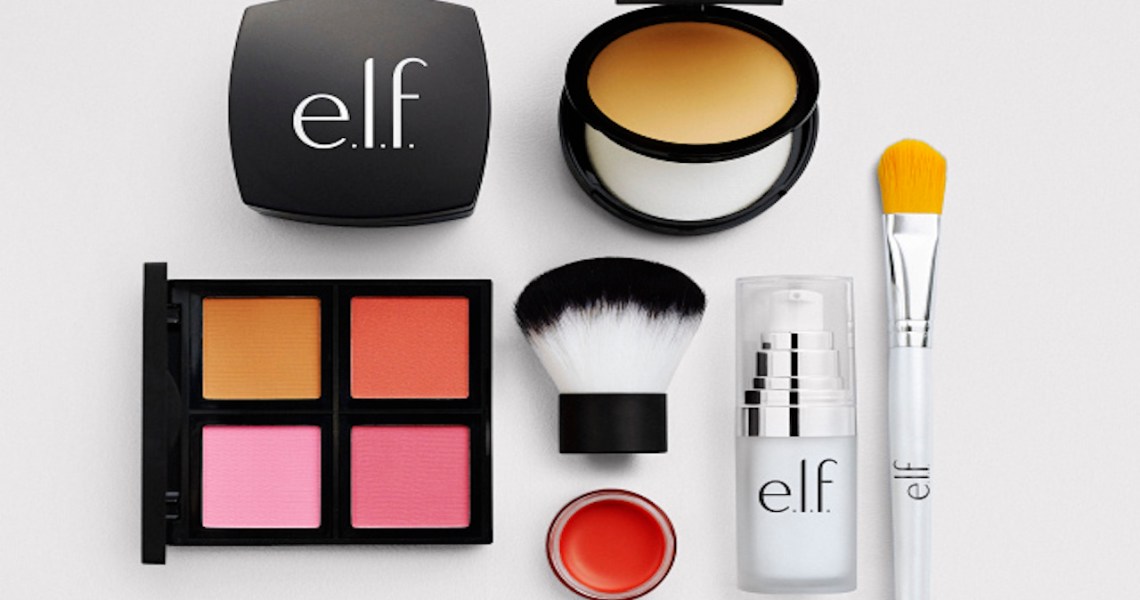As part of its ongoing turnaround strategy, e.l.f. Cosmetics boosted digital sales since April 2019 with e-commerce personalization targeting niche customer segments.
Putting a focus on online customers has become more important for the brand, as it closed all of its 22 standalone stores in 2019. At the same time, e.l.f. has been prioritizing its wholesale partnerships with retailers like Walmart and Target, including marketing and communications in those stores. To ensure its own e-commerce channel did not get lost in the omnichannel shuffle, the company doubled its e-commerce and digital spend from 6% of net sales to 12% in 2019, increased its influencer marketing efforts and implemented an ongoing product personalization program for its desktop and mobile e-commerce sites in April 2019. The program works by tailoring what a customer sees based on their past shopping actions.
“Being represented in so many retailers, it is hard for people to convert and buy online because you can’t test and feel the product,” said Shana Rungsarangnont, e.l.f. digital product manager. “We want to make sure we have the right images on the website, but also the description of them and how to use them, as well as suggested products that work well with them.”
The brand has seen approximately a 4% increase in revenue per customer since April and a roughly 51% increase in mobile traffic between April and December 2019 alone, according to Rungsarangnont.
E.l.f began its personalization program by using heat-mapping to understand consumer behavior on its site. It found that visitors were jumping into product categories quickly versus browsing the overall website and engaging with marketing on landing pages, said Rungsarangnont. E.l.f. then refined the homepage on its mobile site during the second quarter of 2019, so new visitors saw high-level categories such as skin care or makeup, while returning visitors were exposed to subcategories they had previously shown interest in. For example, if a shopper had browsed the “skin care” section, the menu bar would include “cleanser,” “face masks” and “treatments.” Following these changes, e.l.f. saw a nearly 18% increase in click-through rate because visitors were driving deeper into its product catalog.
“When you think about personalization, it’s taking a more human approach to what people are doing on a website,” said Ben Malki, director of customer success at Dynamic Yield, which enabled the personalization. “[E.l.f.] can see what people are doing, and the strategic aim is identifying different audiences and how to treat them differently.”
E.l.f. opted to go beyond skin care and makeup junkies by creating and targeting niche customer groups. E.l.f. has created approximately 75 customer segments, such as frequent purchasers and people who frequently visit the website but have not completed a purchase. E.l.f. has not run all 75 segments simultaneously, said Rungsarangnont. Instead, it targets segments based on needs, as was the case with a special three-day sale campaign that ran in November 2019 and again in December 2019. In that case, they would be shown a percentage off of a category they’d shown interest in, such as makeup brushes or eye products. Additionally, e.l.f. recommends additional products tailored to the different segments on individual product pages.
Ad position: web_incontent_pos1
“No group is too small to target,” said Rungsarangnont. “If something is even 2% of your total traffic, personalization can pay off.”




